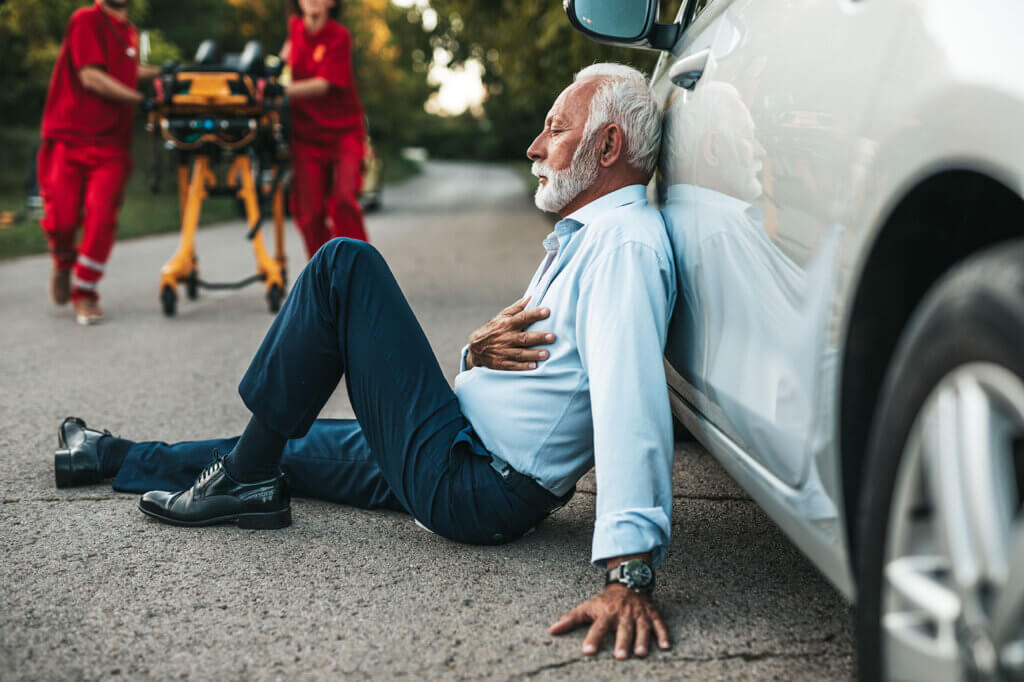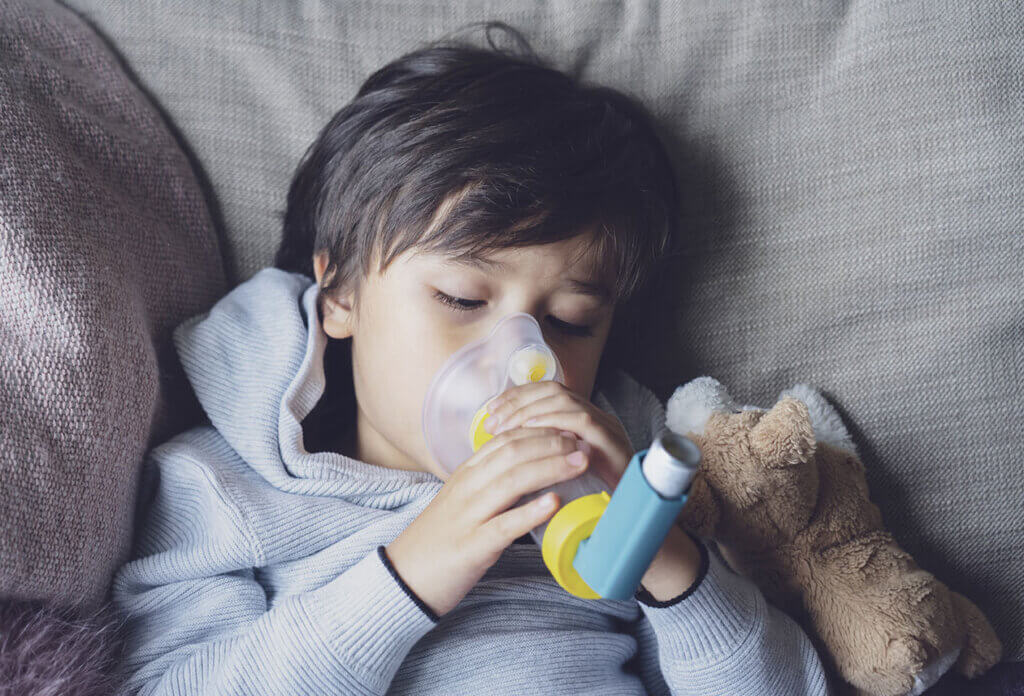Whether you are an athlete, healthy, unhealthy, someone with a heart or lung condition, immunosuppressed, diabetic, young, or old, the adverse effects of COVID-19 are different for everyone. One thing that has become evident are the functional capacity deficits COVID-19 has caused for many who have been exposed.
Many people are experiencing declined functional capacities and cardiorespiratory fitness levels for prolonged periods of time post COVID-19 infection. This can impact your ability to perform activities of daily living, making simple tasks feel hard and difficult tasks feel even more demanding. This can also impact your return to exercise, with many people finding it challenging to return to their pre-infection fitness levels. So how does COVID-19 negatively affect your cardiorespiratory fitness and cause functional capacity deficits, how can exercise help, and how should you go about returning to exercise?
COVID-19 is now being seen as not just a pulmonary disease, but a systemic ‘vascular disease’. It is a disease which possesses inflammatory markers like those in autoimmune and other inflammatory diseases. Being an airborne virus, COVID-19 first effects the lungs causing fluid build-up, lung tissue damage, and changes vascular tissues. Unlike other lung diseases such as COPD, Asthma, or Emphysema where there is an obstruction in the airways, COVID-19 impacts the diffusion of gas exchange at the alveolar-capillaries. This is where oxygen and carbon dioxide are transferred between the lungs and blood.


Studies have shown a high percentage of those who have been hospitalised from the virus having ongoing symptoms 3 months and even 6 months post infection. A significant portion have also had trouble returning to work and have reduced functional capacities.
Some of the most common symptoms post infection include muscle ache, fatigue, physical slowing down, impaired sleep quality, joint pain, swelling, limb weakness, breathlessness, pain, short-term memory loss, and slowed thinking.
With the virus effecting the diffusion of gasses between the lungs to blood, this causes what is called a ventilatory-diffusion mismatch. Essentially, not enough oxygen and carbon dioxide are being transferred across from lungs to blood and blood to lungs. This causes the heart to increase its work rate and the lungs to increase its breathing rate. However, this does not work very well as the diffusion problem remains. This can result in feeling out of breath and can place unwanted stress on the heart. As a result of this, the body cannot get the energy it requires to do the activities we want it to, which causes this decrease in fitness and functional capacity.
If I don’t have any energy, how is exercise going to help me you may ask. Through graded exercise exposure, working on breathing techniques, basic movements patterns, and progressing forward when the body can appropriately handle the current workload, exercise can help the body better utilise energy we do have and decrease breathlessness. Exercise can also help decrease inflammation, better manage fatigue, improve sleep quality, stimulate the brain, and strengthen our muscles.
Pre-existing health conditions such as cardiovascular, respiratory, and metabolic conditions have been very common in those hospitalised from COVID-19. Exercise is extremely beneficial for these conditions in terms of lowering blood pressure, reducing cholesterol, lowering blood glucose levels, and improving oxygen use. It is very important to get the right guidance to return to exercise appropriately for yourself and reduce the risk of developing further health complications.
– Lachlan Maher – Exercise Physiologist
Studies and facts related:
- Integrative analysis has identified immune cell states that are shared across inflamed tissues affected by inflammatory diseases and COVID-19
- Inflammatory macrophage phenotype in severe COVID-19 affected lungs, as well as inflamed RA (rheumatoid arthritis) synovium, CD (Crohn’s disease) ileum, and UC (ulcerative colitis) colon
- Studies have showed features of local tissue inflammation and immune dysfunction in COVID-19 and related diseases caused by SARS and MERS corona viruses
- A study of bronchoalveolar lavage fluid (BALF) in intubated COVID-19 patients identified two inflammatory macrophage subsets
- The presence of these macrophage subsets in the lung correlated with elevated circulating cytokines and extensive damage to the lung and vascular tissue
- This causes a disruption in the gas exchange diffusion sites in the capillaries / alveoli in the lungs
- Potential complications from COVID-19.
- Myocarditis
- Thromboembolic complications pulmonary emboli
- The lungs with COVID-19 pneumonia revealed perivascular inflammation, an endothelial injury, microangiopathy, and an aberrant blood vessel neoformation by intussusceptive angiogenesis.
- COVID-19 is hypothesized to be not just a pulmonary disease, but rather a systemic “vascular disease”
- Inflammation within the lung tissue, intussusceptive angiogenesis occurs (where an existing blood vessel creates a new blood vessel by splitting into two)
- Studies have reported at least 50% of those hospitalised for COVID-19 have ongoing symptoms at three months
- Compared to 30% of those who remained in the community during their acute illness
- Most common comorbidities were cardiovascular (42.2%), respiratory (26.4%), and type II diabetes (19.8%)
- 50% of the cohort were obese
- 28.8% of the cohort described themselves as “fully recovered”
- Of those working prior to covid, 17.8% were no longer working
- 19.3% experienced a health-related change in their occupational status
- Better recovery was associated with having a BMI <30kg/m2
- The 10 most common symptoms were aching muscle pain, fatigue, physical slowing down, impaired sleep quality, joint pain or swelling, limb weakness, breathlessness, pain, short-term memory loss, and slowed thinking.
- The number of persistent symptoms was highest in those with pre-existing comorbidities
- 25% had clinically significant symptoms of anxiety and depression
- 12.2% had symptoms of PTSD
- COVID cause reduced exercise capacity and functional performance in 35-50% of the cohort
- Impaired lung function and elevated HbA1c each in approximately a third
- Lung diffusion was abnormal in one third of patients
Article Above
